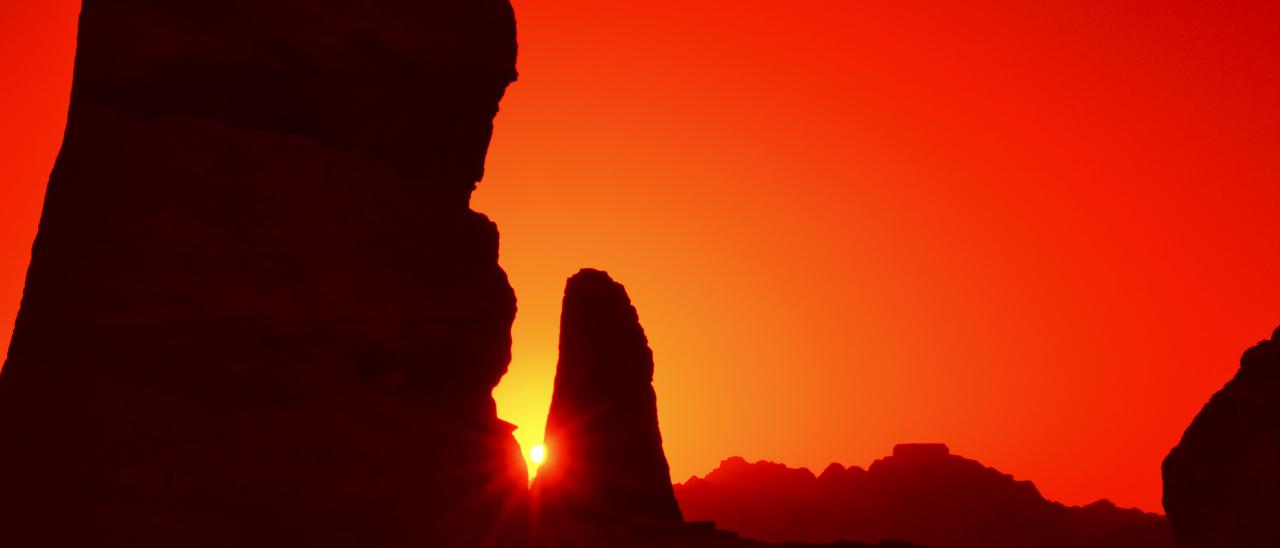Año de inicio
1993
Unidad organizativa
Institución organizadora
General
Descripción
Este Proyecto tiene como objetivo fundamental determinar la importancia de la astronomía como parte integrante de la cultura y de la civilización desde el Paleolítico a nuestros días. El interés del grupo se centra, en especial, en los pueblos del antiguo ámbito Mediterráneo desde el Atlántico al Oriente Medio, con una dedicación especial a España, su entorno geográfico inmediato y el Egipto antiguo. Sin embargo, también se tienen ramificaciones en el área del Pacífico, Perú y en Mesoamérica.
Miembros
Investigador principal
Juan Antonio
Belmonte Avilés
Personal del proyecto
César
Esteban López
Colaboradores
Antonio
Aparicio Juan
Dr.
José Luis Escacena
Dr.
Magdi Fekri
Dr.
M.C. Gallegos
Dr.
Marco García Quintela
Dr.
Michael Hoskin
Dr.
Dimiter Kolev
Dr.
Migel Ángel Molinero Polo
Dr.
Mª Antonia Perera Betancor
Dr.
Manuel Pérez
Dr.
Andrea Polcaro
Dr.
Margarita Sanz de Lara Barrios
Dr.
Antonio Tejera Gaspar
Dr.
José María Vaquero
Dr.
Mauro Zedda
Resultados
- Se ha considerado la cumbre de Gran Canaria como un excelente ejemplo de un Paisaje Cultural digno de ser declarado patrimonio de la humanidad dentro de la Iniciativa Astronomía y Patrimonio Mundial de la UNESCO y la IAU. En 2018 se ha finalizado la memoria y comenzado el proceso de evaluación por parte de ICOMOS.
- Un grabado rupestre o petroglifo de época aborigen de la isla de La Palma (Benahoare) se ha interpretado como un mapa de la isla en que se representan sus principales accidentes geográficos con fines de magia simpática. Este es sin duda uno de los mejores ejemplos de mapa prehistórico producido antes del desarrollo de la cartografía moderna.
- El centro ceremonial de la Edad del Bronce de Castillejo del Bonete (Terrinches, Ciudad Real) constituye la primera evidencia de un marcador solar (relacionado con el amanecer del solsticio de invierno) en un túmulo prehistórico de la Península Ibérica, lo que indica que su ubicación fue cuidadosamente elegida (Benítez de Lugo, L., Esteban, C. 2018).


